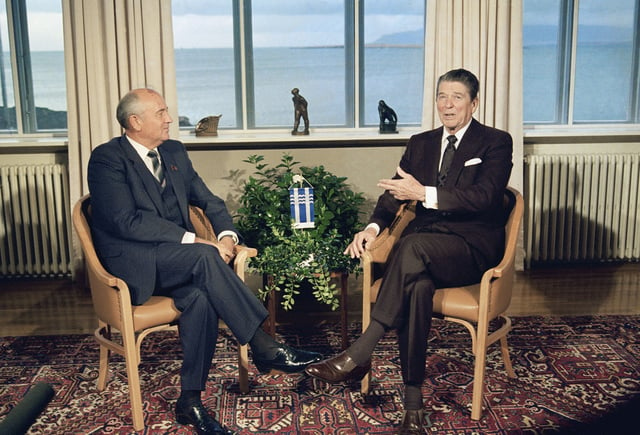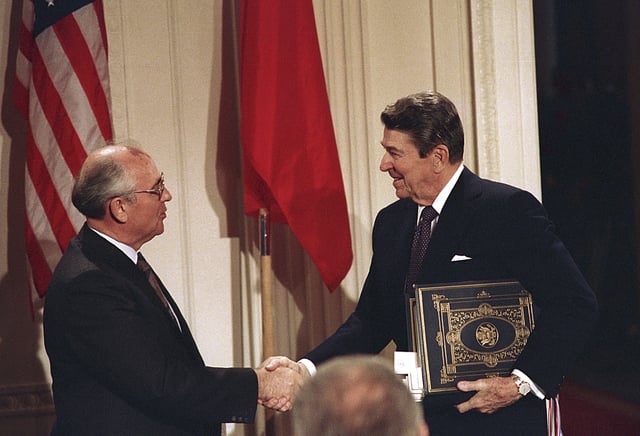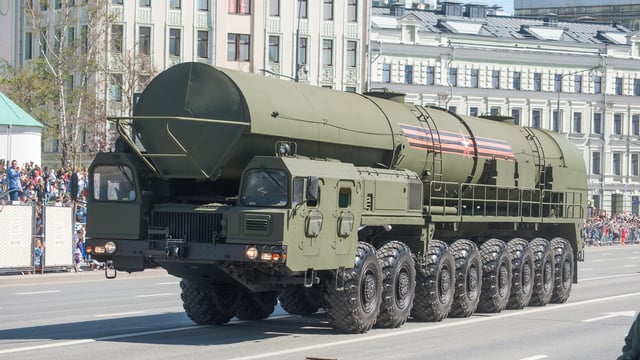Overview
- On August 4, 2025, Russia declared it no longer considers itself bound by its self-imposed moratorium under the 1987 INF Treaty following U.S. tests and planned deployments of ground-launched 500–5,500 km missiles
- The Foreign Ministry accused U.S. activities in Denmark, Germany, the Philippines and Australia of eliminating the conditions for its unilateral INF restrictions and authorizing Moscow to resume similar deployments
- Only the New START treaty remains between Washington and Moscow, but Russia suspended its participation in 2023 and it is due to expire in February 2026, effectively ending bilateral verification mechanisms
- Arms control experts warn that the collapse of INF limits and erosion of the remaining treaty framework raise the risk of a renewed nuclear arms race and diminish transparency on both sides
- U.S. plans for forward basing of hypersonic Dark Eagle and PrSM-capable launchers in Europe and the Asia-Pacific are proceeding, prompting Russian pledges to adjust its force posture



